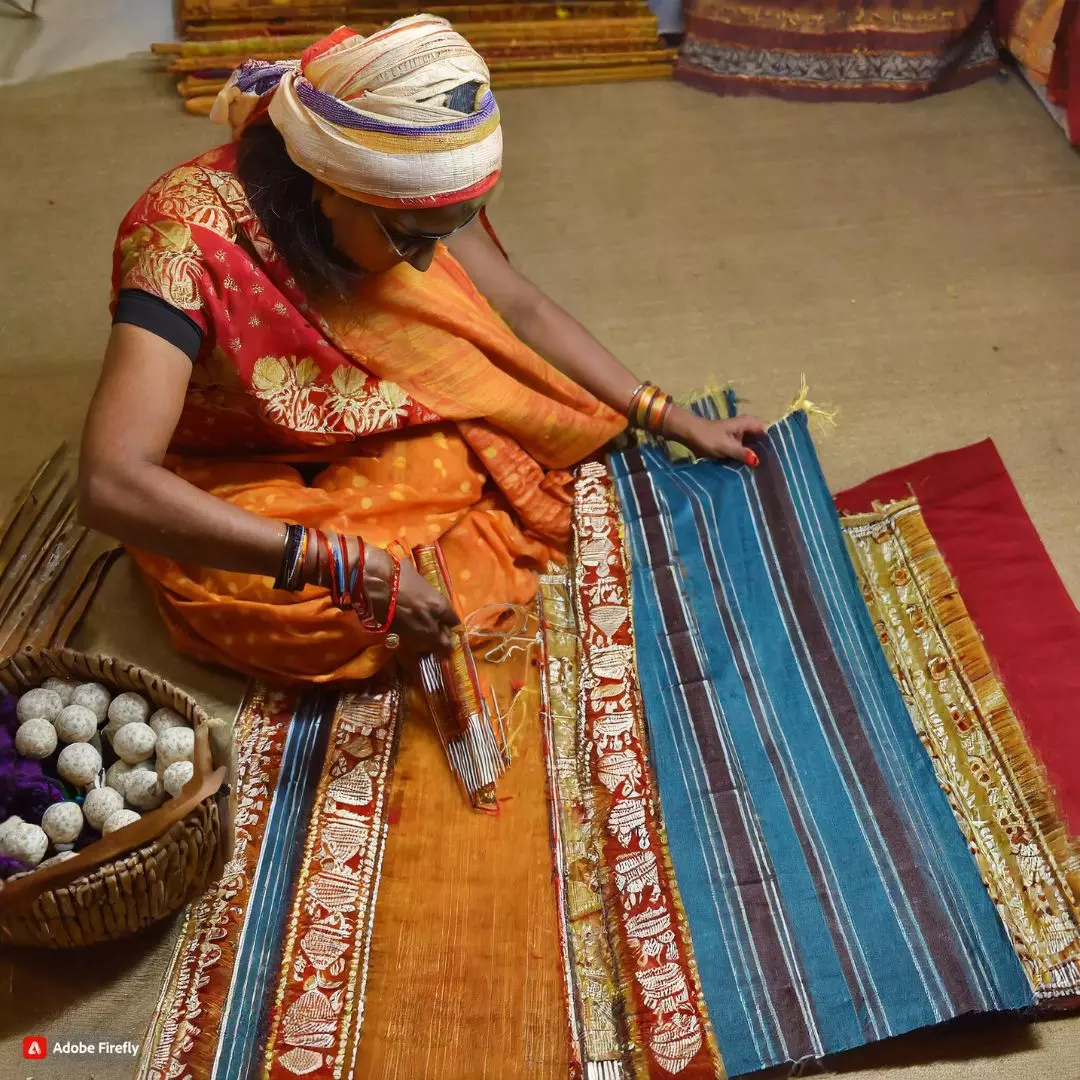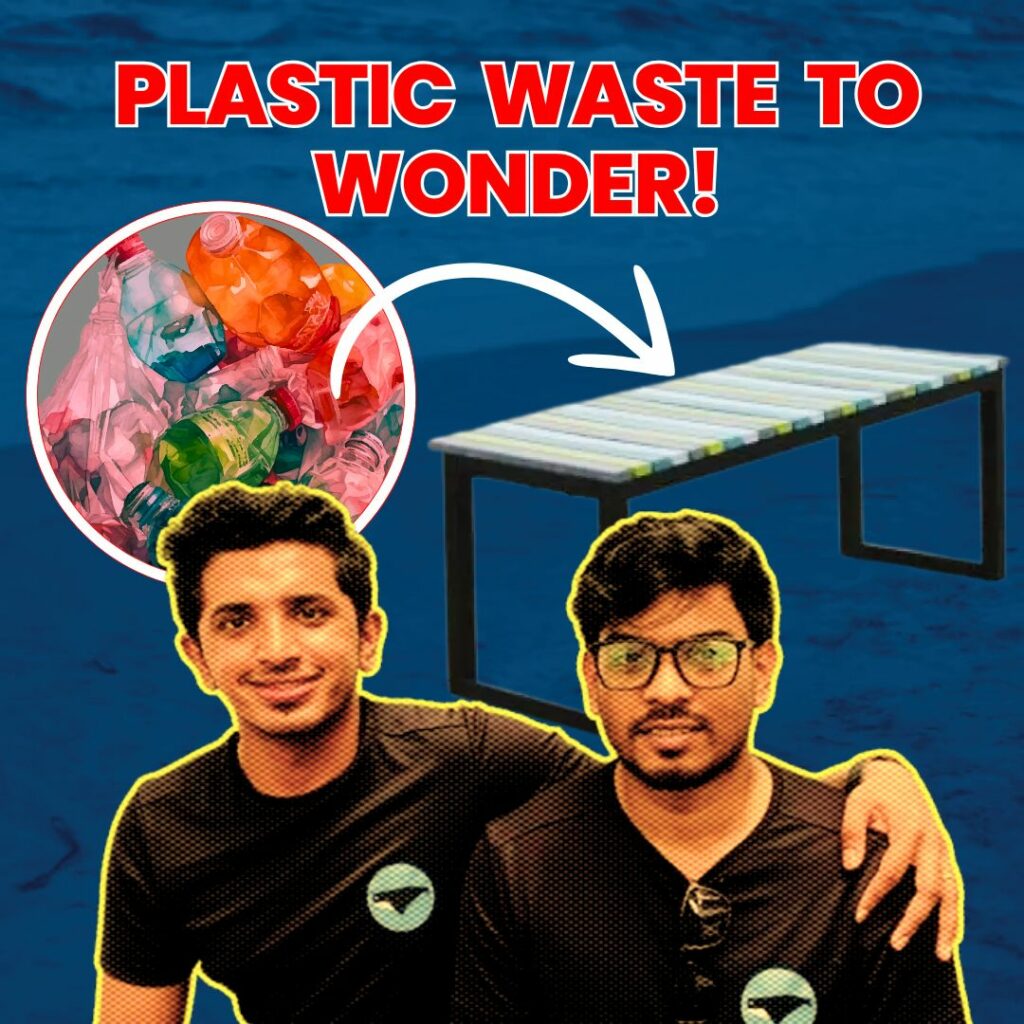Nestled in the vibrant cultural landscape of Gujarat, India, the art of Patola weaving unfolds like a tapestry of tradition and craftsmanship. Patola, a double ikat woven sari, predominantly made from silk, boasts a rich history originating in the town of Patan. Once exclusive to royalty, these intricately crafted saris continue to captivate the hearts of those who appreciate the fine artistry behind each piece.
Patola sarees, with their singular form known as patolu, were historically reserved for the elite circles of royal and aristocratic families. Crafted in Patan, Gujarat, these luxurious silk creations are not merely garments; they are a symbol of social status and wealth. The exclusivity of Patola weaving is safeguarded within three families in Patan, where the closely guarded tradition is passed down only to the sons.
The creation of a single Patola sari is a laborious process that demands unwavering dedication. Taking between six months to a year to complete, the meticulous craftsmanship involves dying each strand separately before intricately weaving them together. The result is a testament to the patience and skill of the artisans who invest months, if not years, to produce a single piece.
Ikat Weaving: A Spectacle of Uneven Elegance
Ikat, pronounced “ee-kat,” is the distinctive weaving technique that renders Patola sarees truly exceptional. The loom-woven textile is characterized by its apparent “unevenness” in the weave, adding a touch of uniqueness to each piece. The intricate process involves dyeing each thread in different colors before weaving, creating the characteristic designs that make Patola sarees a manifestation of traditional Gujarat craft and a genuine work of art.
The history of Patola weaving traces back to the 12th century when silk weavers of the Salvi caste from Maharashtra settled in Gujarat. Over the centuries, these exquisite sarees gained prominence as a symbol of social status among Gujarati women. Patola’s importance extended beyond India, becoming highly valued in Southeast Asia, where it was imported from the Middle Ages onwards.
The Salvi community in Gujarat is known for weaving four distinct patterns. In Jain and Hindu communities, Patola sarees often feature elaborate designs of parrots, flowers, elephants, and dancing figures. Meanwhile, Muslim communities prefer geometric designs and flower patterns, typically reserved for special occasions such as weddings. Maharashtrian Brahmins favor saris with plain, dark-colored borders and bodies adorned with a bird design called Nari Kunj.
As we delve into the world of Patola weaving, we unveil not just a textile but a living legacy of Gujarat’s rich cultural tapestry. With each meticulously crafted strand, Patola sarees continue to be a symbol of heritage, weaving together history, art, and tradition into an exquisite fabric that stands the test of time.
Also Read: The Cultural Kaleidoscope of Puducherry: A Harmony Of Heritage, Festivals & Diversity











